Even in the digital age, many savvy marketers are incorporating direct mail into their multichannel marketing strategy. Mail is a smart choice for several reasons.
For starters, it builds trust. 56% of people feel print advertising is the most trustworthy form of marketing.1 Building this trust is vital to connecting with consumers and helping them feel comfortable when making purchases.
Direct mail also receives superior response rates. According to the Direct Marketing Association, house lists earn a 9% average response rate, while prospect lists average a 5% response.1 On the other hand, response rates to digital marketing max out at 0.6%.1 That’s for email, paid search, display ads, and social media combined.
Okay, so you understand that direct mail works. But how do you incorporate it into your own marketing strategy? Let’s take a look at each stage of the buyer’s journey (awareness, consideration, decision, and post-decision) and see how mail can fit into each. We’ll provide some tips for how to get the most out of your direct mail, along with examples of corresponding campaign types you can use at each stage.
Keep in mind that some businesses have such a short buyer’s journey that one direct mail campaign can cover multiple stages. For example, a menu from a restaurant can create awareness, prompt consideration, encourage decision, and lead to future purchases. But regardless of the length of your buyer’s journey, there are plenty of ways you can use direct mail to enhance your overall marketing strategy.
How to Use Direct Mail in the Awareness Stage
Prospects enter the awareness stage when they realize there’s something missing in their lives and decide to learn more about it. They might not even know your company exists, or they might have heard your name but have no idea what you do. Regardless, your goal at this stage is to create awareness for your business and put yourself out there.
Direct mail is one of the best ways to provide prospects with informative, educational content about your business. This is because it doesn’t feel as pushy or invasive as digital marketing can. While the average person receives 107 emails and sees 63 display ads every day, they only get two pieces of mail.1 As a result, direct mail helps you stand out from the digital noise when you’re trying to get your name in front of prospects.
Keep the following in mind when incorporating direct mail into the awareness stage.
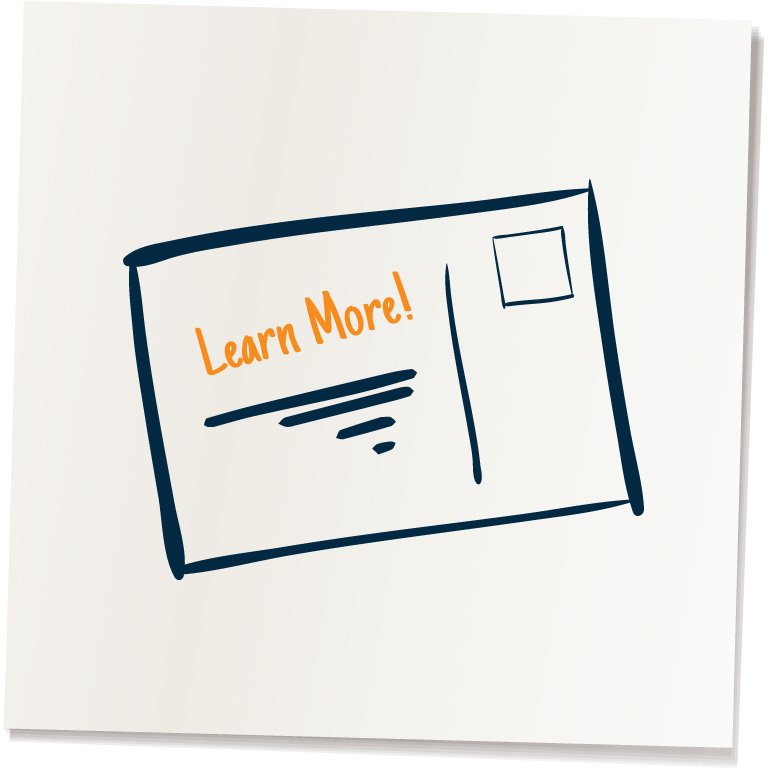
Tip #1: Don’t Be Too Aggressive
It’s important not to be too aggressive during the awareness stage. Give consumers the basic information they need – who you are, what you have to offer, and why they should choose you. And always include a soft call to action (like “learn more” or “try us out”) to provide them with a path forward so they can either purchase from you or move on to the next stage.
Tip #2: Push Prospects Online
Your goal in the awareness stage is always to push people further along the buyer’s journey. Your website is especially important when moving people from the awareness stage to the consideration stage. Research shows 64% of people visit websites as a result of receiving direct mail, and 54% of people have engaged with social media after receiving a mail piece.2
To make it easy for people to jump online, try including a QR code on your mail piece. You can also add a personalized URL (PURL) that takes recipients to a landing page with custom content just for them. Keep in mind that PURLs only work if you’ve purchased a list with your prospects’ names.

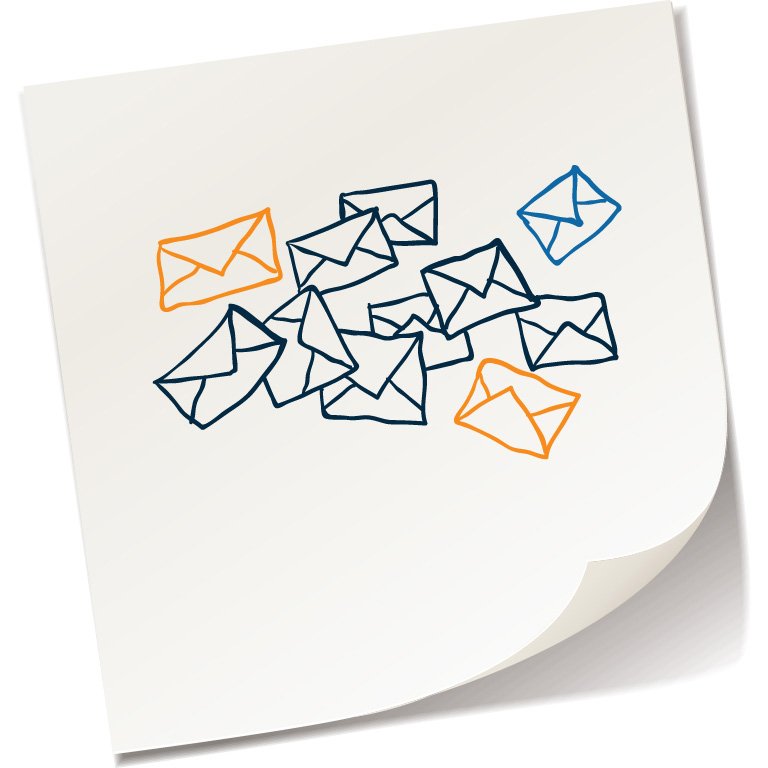
Tip #3: Mail Frequently
While you should mail to prospects frequently throughout the buyer’s journey, frequency is particularly important during the early stages. Research shows it takes at least seven exposures to an advertising message before consumers remember a brand and consider taking action.3 However, this number continues to rise as we see more and more digital advertising on a daily basis. So make sure you’re targeting your audience frequently enough to see results. And if your budget is limited, remember to prioritize frequency over reach, opting to mail to a smaller group of people multiple times rather than a large group of people once.
It’s also important to keep in mind that you’re not likely to get an immediate and overwhelming response to your campaigns in the awareness stage. That’s okay, though. You’re drumming up brand awareness and letting prospects know you’re out there. Ultimately, frequent mailings establish trust, help recipients remember your business, and increase the likelihood they’ll purchase from you in the future.
Awareness Stage Campaign Examples
- Birthday – Try mailing a special birthday offer to a new prospect list. If people haven’t heard of you before, it’s a great way to get them through your doors. And if they’ve visited your business but haven’t purchased from you before, it refreshes their memories.
- Brand Awareness – While brand awareness itself isn’t a campaign, sending direct mail consistently during the early stages of the buyer’s journey establishes brand awareness and increases the likelihood of purchase. This strategy involves multiple mailings to put you in the right place at the right time. Studies show brand recall is 70% higher when consumers are exposed to direct mail, so it’s key to get in front of them as often as possible.1
- Grand Opening – Use these campaigns to spread the word about your new location to build anticipation and excitement in your community. Invite prospects to your exclusive event and throw in an enticing offer for best results.
- New Mover – It’s crucial to reach new movers before they enter the awareness stage. Your goal here is to create awareness for them. Pieces with appealing offers help you make a great first impression and can persuade prospects to try you out.
How to Use Direct Mail in the Consideration Stage
When buyers enter the consideration stage, they’ve identified and fleshed out their problem and are learning about specific solutions. While research frequently plays a major role in the consideration stage, this isn’t always the case. However, if research is going to take place, it happens during consideration.
Ultimately, this is the stage when you want prospects to begin seriously considering you as a potential solution for their problem. Show them you understand their unique situation, and position yourself as the best answer to their dilemma. They know they can’t solve the problem on their own, and you know they’re open to getting outside help.
Here are a few helpful tips to keep in mind when using direct mail in the consideration stage.
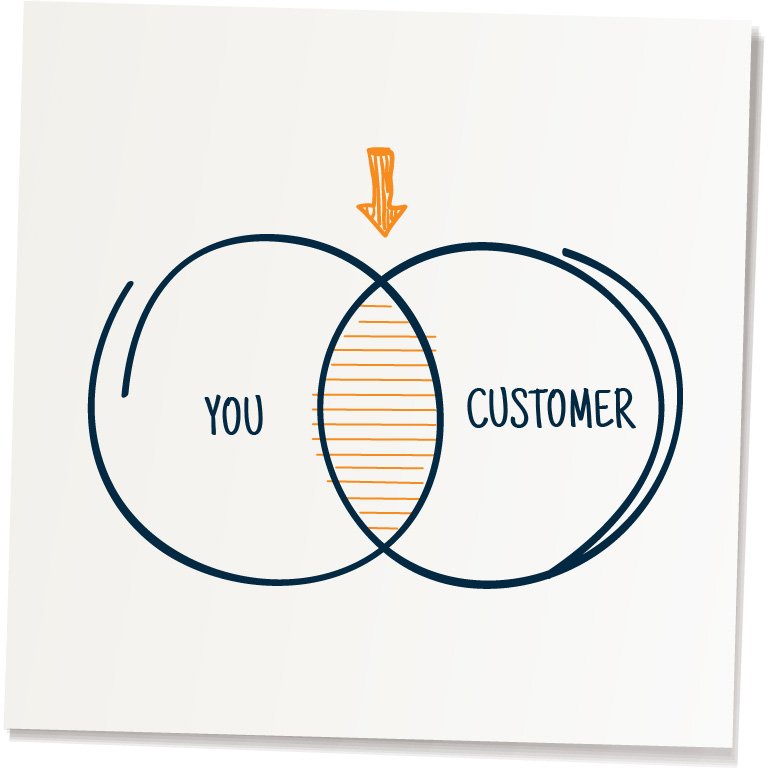
Tip #1: Provide Relevant Information
Don’t just assume your prospects know everything there is to know about your business or products and services. Instead, assume they don’t know anything about you. The consideration stage is the place to start providing specific, relevant information about how you can solve their problem.
Studies show 53% of buyers feel information relevant to their needs has a positive impact on their purchasing decisions.4 While providing more general information is appropriate at the awareness stage, you’ve got to get down to brass tacks when consumers enter the consideration stage.
Tip #2: Personalize Your Pieces
Personalizing your direct mail pieces helps you make a great impression on prospects at the consideration stage. When it comes down to it, personalization and customization shows consumers you appreciate the interest they’ve shown in your business.
Remember that consumers want to be seen as individuals and appreciate when you talk to them about their specific needs. Adding a name to your mail piece can increase response rates by 135%, and targeting on a 1:1 level is proven to boost response rates by at least 50%.1 Plus, 33% of consumers feel the most influential communications they receive address them by name or include other personal information.4
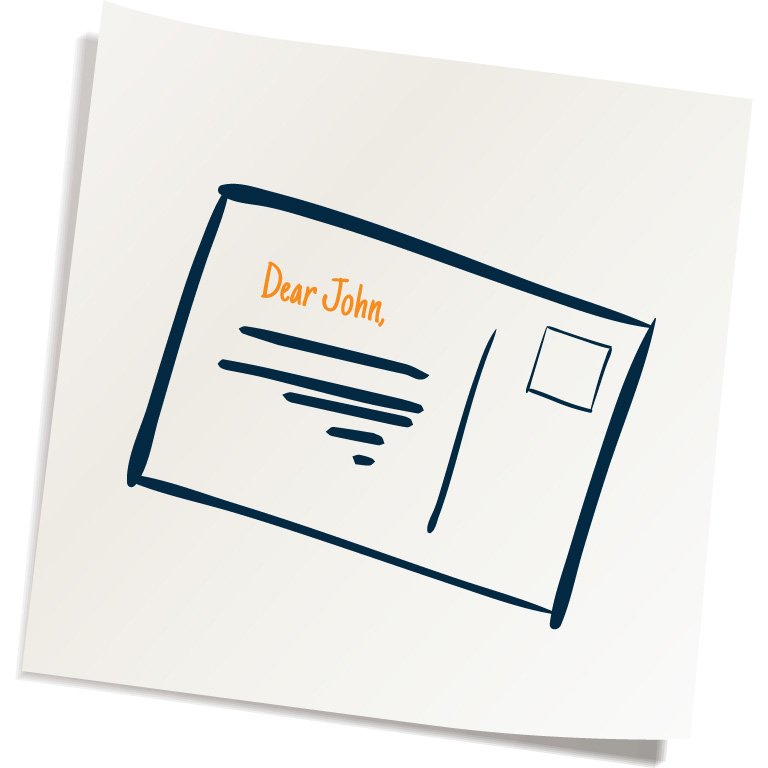
Consideration Stage Campaign Examples
- Abandoned Cart – Did you know over 75% of e-commerce carts are abandoned?5 If you know people are abandoning their carts on your site, encourage conversion by sending them a coupon or discount in the mail. Automated direct mail allows you to quickly and efficiently reach people who’ve abandoned their cart.
- Nurture – While it’s not a specific campaign type, it’s important to continue reaching prospects throughout the consideration stage. Frequency is key, and continued touches nurture prospects to move them into the next stage. They also help you continue building brand awareness.
- Re-engagement – These campaigns help you reconnect with people who had contact with your business in the past, but have since fallen by the wayside. Send them a direct mail piece with more information or a soft offer to bring them back.
How to Use Direct Mail in the Decision Stage
When buyers reach the decision stage, they’ve got the information they need and are ready to choose the best solution for their problem. In other words, they’re selecting the company they feel is most equipped to help them based on a variety of criteria, including trust, quality, style, or price.
In the decision stage, your goal is to stand out from the competition and position yourself as the superior choice. Make sure prospects know everything they need to know about you so their decision is an easy one. They should have as little doubt as possible that you’re the only business that can meet – and exceed – their needs.
Keep the following in mind when incorporating direct mail into the decision stage.
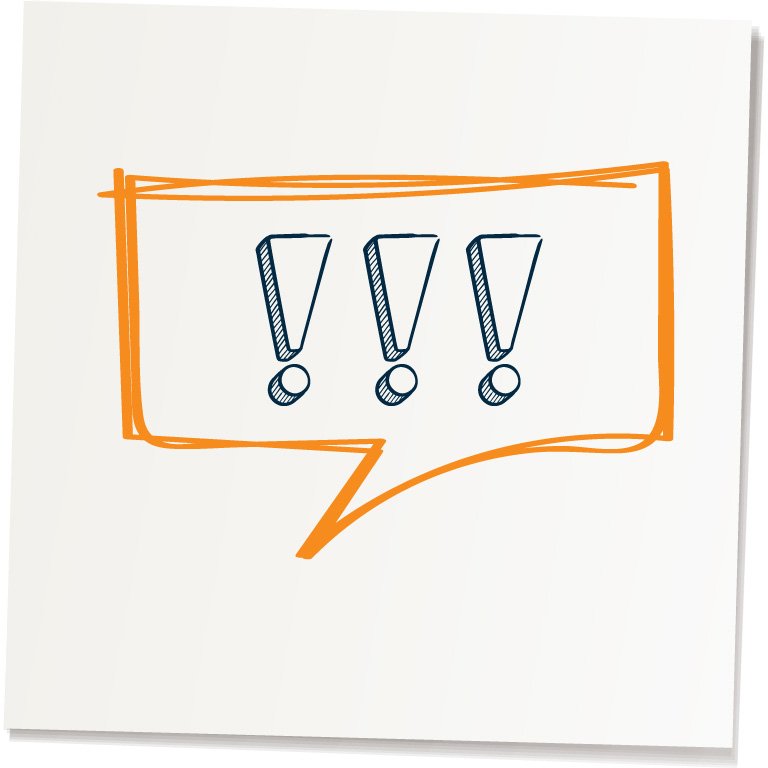
Tip #1: Make Your Most Aggressive Offers
The decision stage is the point in the buyer’s journey where you should pitch consumers your best offers. These might include exclusive promotions, valuable coupons, or limited-time offers. Don’t hesitate to pull out all the stops to make your business seem as enticing as possible. Be a little bit salesy. If you know which products and services consumers are specifically interested in, tailor your direct mail accordingly to make choosing you a no-brainer.
Tip #2: Add Trust Signals
The decision stage is a great time to add trust signals to your direct mail pieces. Simply put, trust signals are icons, logos, or testimonials that establish your business as trustworthy. Are you a member of a professional organization like AAA or the Better Business Bureau? Are you a certified specialist in your field? Don’t hesitate to tell people what makes you trustworthy. Adding customer testimonials and reviews to your pieces also helps you demonstrate authority and credibility.

Decision Stage Campaign Examples
- First-Time Buyer – It’s much easier to get someone to buy from you a second time than it is to sell to them the first time. To convert prospects into first-time buyers, send them a valuable offer they just can’t refuse.
- Nurture – You can run nurture campaigns at the decision stage, too. They should be more focused on the hard sell than educational, though. Prospects know who you are and how you can solve their problem, so just focus on sealing the deal.
- Sales/Promotions – These campaigns are some of the best ways to spur prospects into action in the decision stage. For example, you might send an irresistible limited time offer to a fence sitter to entice them to purchase.
How to Use Direct Mail After the Decision Stage
The buyer’s journey doesn’t end after customers complete the decision stage. In the post-decision stage, they’re reflecting on their experience and deciding whether they chose the right product or service. They’re also determining whether their choice solved their problem to their satisfaction, which is called value realization. And most importantly, they’re evaluating the company they chose to resolve that issue. They might be completely satisfied, or they might have buyer’s remorse.
The buyer’s journey is a never-ending process that repeats itself whenever someone realizes they have a new problem they need to solve. When they choose your company, you have the opportunity to earn their business again and again. They’ve realized value, and it’s your job to create brand loyalists (people who purchase from you repeatedly), and, even better, brand advocates (people who give you positive review and refer others). Luckily, direct mail is one of the most effective channels when it comes to looping customers back through the buyer’s journey.
The tips below can help you make the most of direct mail after the decision stage.
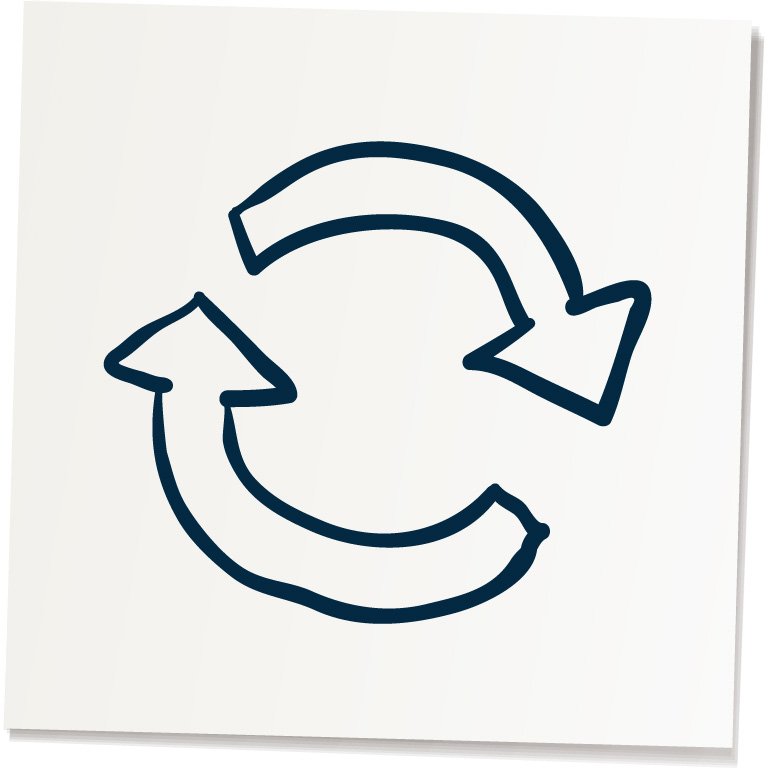
Tip #1: Keep in Touch for Repeat Business
Advertising frequently still matters, even after the first purchase. In fact, people are 27% more likely to purchase from you again after buying from you a first time.6 Direct mail is a friendly, non-invasive way to keep in touch with customers once you’ve cycled them through the buyer’s journey. And if you can get them to come back a third and fourth time, there’s a 54% chance they’ll turn into loyal, longtime customers.6
Tip #2: Cultivate Customer Loyalty
The ultimate goal of any marketer is to get loyal customers with a high lifetime value. Research shows 82% of American adults are loyal to product brands, while 84% are loyal to specific retailers.7 One of the best ways to take advantage of these appealing stats is sending personalized mail pieces thanking people for their loyalty. Reward their allegiance by adding a coupon with an exclusive discount, or offer a special deal if they cash in on their loyalty points by a certain date.
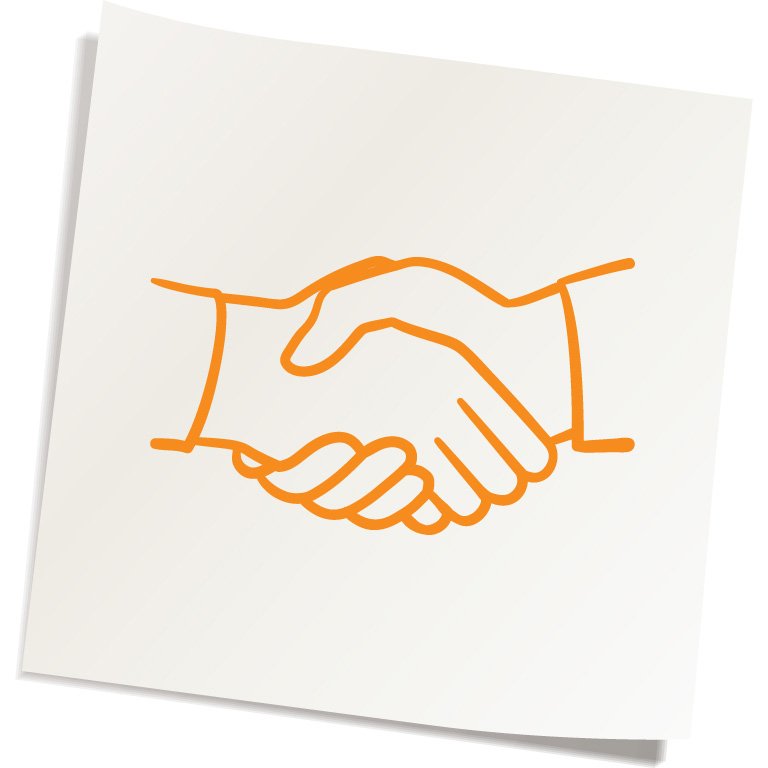
Post-Decision Stage Campaign Examples
- Brand Loyalty – These campaigns can take several forms, including referral programs, loyalty rewards programs, and friends and family discounts. Make existing customers feel appreciated, and they’re more likely to come back for more.
- Customer Retention – Ensure customers keep coming back by sending great deals encouraging repeat business. Up your game by personalizing your pieces. For example, you might send special birthday deals or relevant offers based on past purchases.
- Upsell – These campaigns are another great way to keep customers interested in your company. If someone buys something from you, send them a coupon for a discount on a complimentary item they’re likely to need.
- Winback – Disengaged customers have probably unsubscribed from your email list, but direct mail gives you the opportunity to win them back. 98% of people check their mailbox every day, so direct mail is an effective way to reconnect with them.8
Conclusion
Direct mail can be one of the most impactful ways to market to your prospects, no matter where they fall in the buyer’s journey. Whether you’re educating them in the awareness stage or upselling them in the post-decision stage, mail connects you with consumers in ways other channels can’t. Not to mention it helps build trust between your brand and your prospects at every stage. Now that you know how to use direct mail throughout the buyer’s journey, it’s time to add it to your own marketing lineup.
Once you’ve incorporated direct mail into your marketing strategy, make sure you’re getting your money’s worth by monitoring its effectiveness. To learn how to do that, check out our guide on how to track and measure direct mail campaigns.
Sources
- Is Direct Mail Dead?
- How (and When) You Actually Should Use Direct Mail
- The Rule of 7 Can Radically Grow Your Business
- U.S. Consumers’ Most Influential Communication Types
- Complete List of Cart Abandonment Statistics: 2006-2018
- Repeat Customers Are Profitable and We Can Prove It!
- Low Prices Raise Customer Loyalty
- 4 Awesome Examples of How to Do Direct Mail Right
